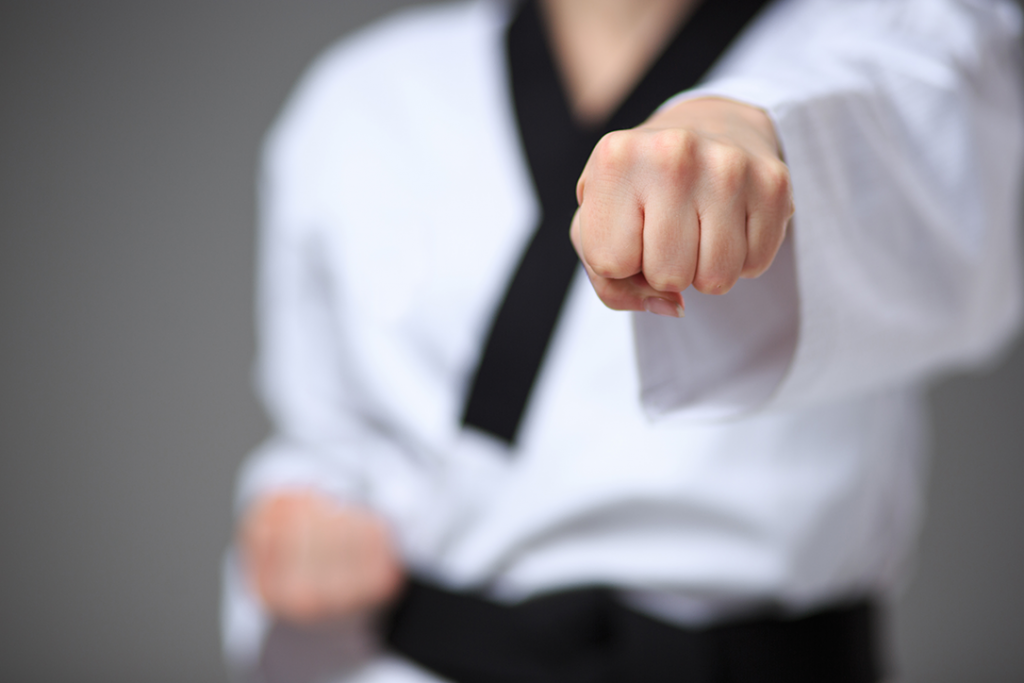by Jeff Helaney, IX Dan
I read a post not too long ago from a Facebook acquaintance who listed a number of reasons why if your uniforms didn’t look the same, your bows weren’t done the same way, or if you called your patterns something else (.. ad infinitum) you weren’t doing Taekwon-Do … you are doing something else. I generally try to be politically correct and don’t enter debates, but given the fact that I am a 9th Dan in Traditional TaeKwon-Do and as of this post I have been practicing the art for over 50 years … I think I am entitled to voice my opinion on this one small subject. I believe the term I want to use is inappropriate for general audiences, so I will simply use the term “Horse Pucky”. It conveys just the right amount of humor and disbelief.
One of my pet peeves are individuals who individuals that feel their way is the only right way. TaeKwon-Do was never meant to be isolationistic or frozen in time, it was meant to grow, to breath, and to develop. I doubt General Choi ever envisioned this art becoming stagnant and so full of dogma that someone would ever say, “.. if you aren’t doing these things you are doing something else than TaeKwon-Do”. Understand there is no one correct way for an art to develop. No one person or organization has the correct answer. The answer is in each individual and the art is a reflection of the practitioner. It is as diverse as the people that study it. It is not and should not be the other way around. When we allow creativity and diversity into the equation we grow stronger. While history … any history is an important component of any martial art art … it is not the end of the story just a beginning. Developments should not become dogma, but rather stepping stones on to new and better things.
Anyone who knows anything about the history of TaeKwon-Do will tell you that it is a borrowed art, meaning that most of the concepts and techniques came from other styles. They have morphed over the years (for better and for worse) from the original constructs where they took their first breath. Although there seems to be a debate who was the ‘father’ of TaeKwon-Do Won Kuk Lee or Choi Hong Hi … the facts are that both were students of Gichin Funakoshi, a Shotokan Karate instructor, and neither were ranked higher than 2nd Dan in this art. Great history lesson … but it is just history. Both played different roles in the history of TaeKwon-Do including the founding of Tang Soo Do, the Chung Do Kwan, and the creation of the International TaeKwon-Do Federation that made them more than the sum of a similar lack luster past. Likewise, TaeKwon-Do is more than just its history, an organization, or an individual. TaeKwon-Do at its very core is an engine for growth.
When I was young one of my teachers, Suk Ki Shin, asked be if I knew why Korea was a great place to learn martial arts. I told him I had no idea. He told me he felt it was because his country was continually invaded and they stole ideas from their attackers. It was this diversity that made Korean martial arts ‘superior’ in his mind. He joked, “It was a Saturday and this country or that country was bored … so they invaded us.” I didn’t fully appreciate the humor at the time, but now I understand. He felt that his country may have not had the handle on creation when it came to marital arts, but they were great at adapting and molding techniques into something better.
This is TaeKwon-Do … It is a hodgepodge of different arts pulled together over time by a number of dynamic individuals. It is growth and ideas … and it is understanding that growth is earned with sweat and pain. TaeKwon-Do has multiple patterns … some of which were born of this organization or that organization … none of which are ever truly consistent. Arguably, it is the differences that make them important and foster growth while it is the similarities that bond them to each themselves. TaeKwon-Do is not a Korean art (although it was conceived there) it is an art that belongs to the world. It is something that changes with environment, physicality, and understanding. I hope that my art that I love so dear is never bottled up. I hope that is not kept from adapting and developing … it is a river that was meant to carve out new vistas for generations to come. It should never gather dust on a shelf because of ideology or organizational bias.
Want to learn more? Contact Omaha Blue Waves Martial Arts at (402) 215-6003.

